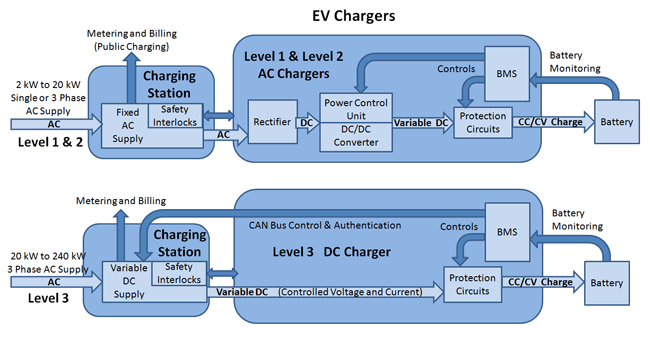bonnie
I play a nice person on twitter.
Great chart.
I know it's covered by the 'J1772 High' but it would be nice to see Roadsters represented with a row labeled 'Tesla HPC'. There still are some in the wild and if Model S drivers have an adapter, those are also an option.
Also, would add a column to the front and label as 'L1', 'L2', 'L3' - people get confused by terminology & having it all on one chart would be helpful.
Nice work!
I know it's covered by the 'J1772 High' but it would be nice to see Roadsters represented with a row labeled 'Tesla HPC'. There still are some in the wild and if Model S drivers have an adapter, those are also an option.
Also, would add a column to the front and label as 'L1', 'L2', 'L3' - people get confused by terminology & having it all on one chart would be helpful.
Nice work!





